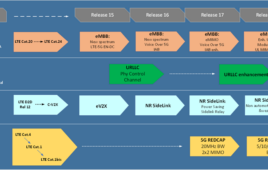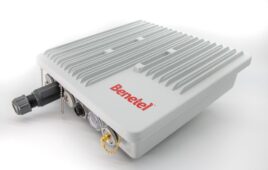After failing to find a buyer for its mobile operating system, HP on Friday announced that it will offer up webOS to the open source community of developers.
The company says it plans to continue to be active in the development and support of webOS but will no longer manufacture devices, such as tablets and smartphones, that run on the platform.
HP has long pitched webOS, which it acquired when it bought Palm for $1.2 billion in April 2010, as an easy platform for which to develop, given that applications can be built using standard web technologies.
“WebOS is the only platform designed from the ground up to be mobile, cloud-connected and scalable,” said Meg Whitman, HP president and CEO, in a statement. “By contributing this innovation, HP unleashes the creativity of the open source community to advance a new generation of applications and devices.”
HP will make the underlying code of webOS available under an open source license. Developers, partners, HP engineers and other hardware manufacturers can deliver ongoing enhancements and new versions into the marketplace.
Beginning today, developers and customers are invited to provide input and suggestions at http://developer.palm.com/blog/.
Just this past weekend, HP held what will likely be the last clearance sale of the HP Touchpad. Through HP’s eBay store, the company sold a refurbished 16GB webOS-based Touchpad for $99, while the refurbished 32GB version sold for $149. Customers were limited to purchasing just two of the devices.




